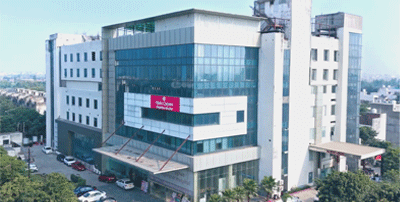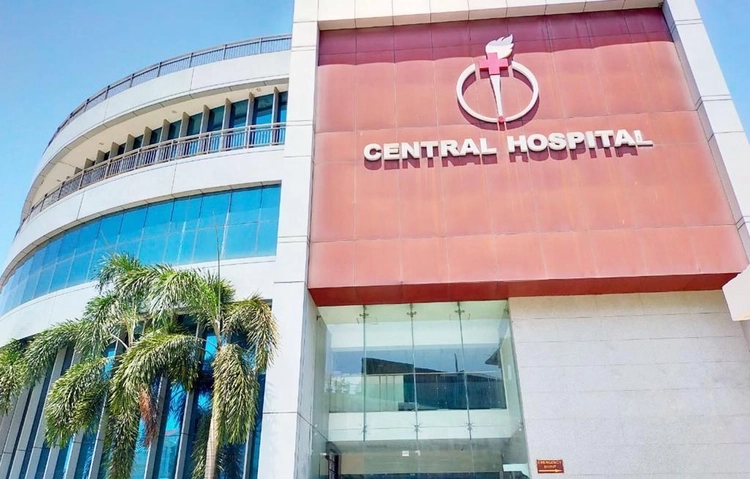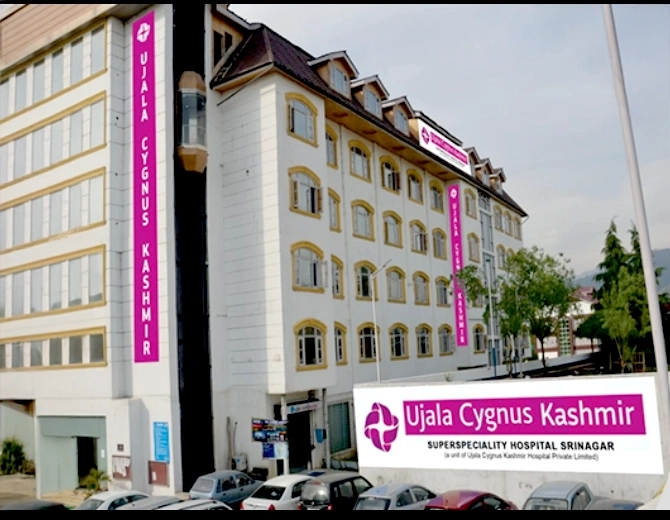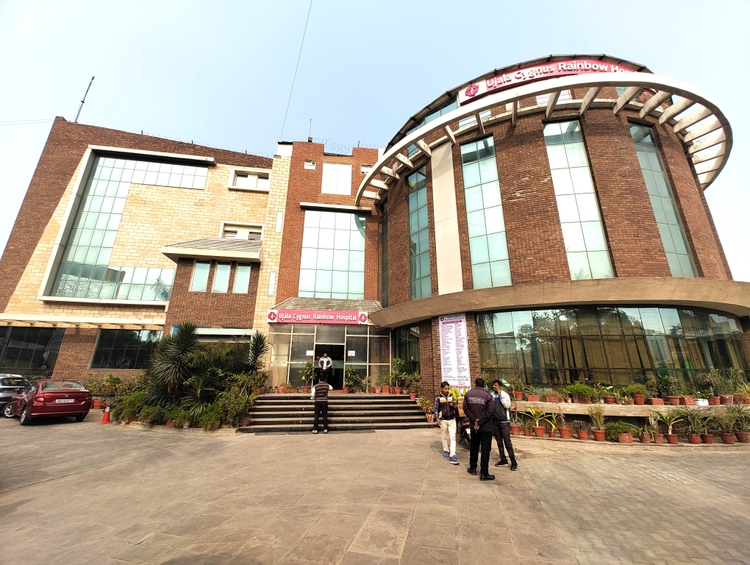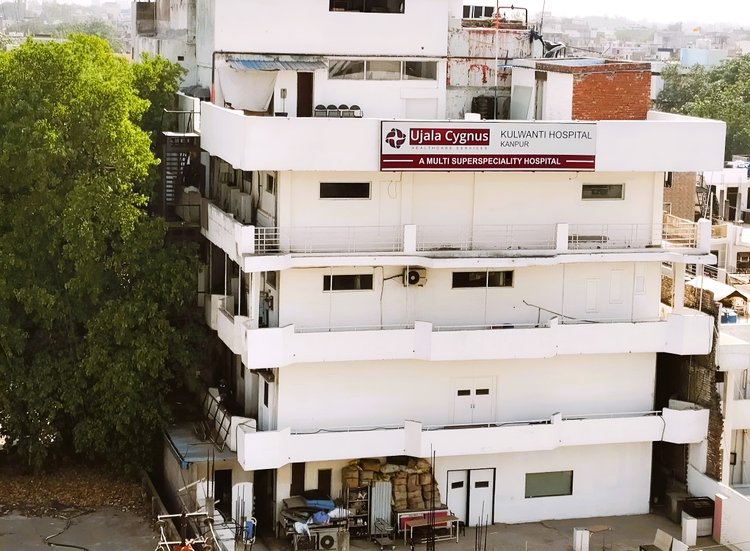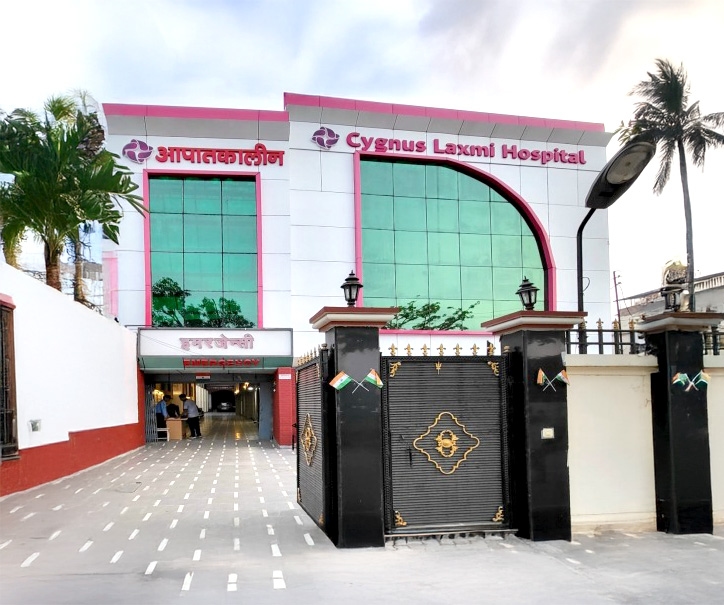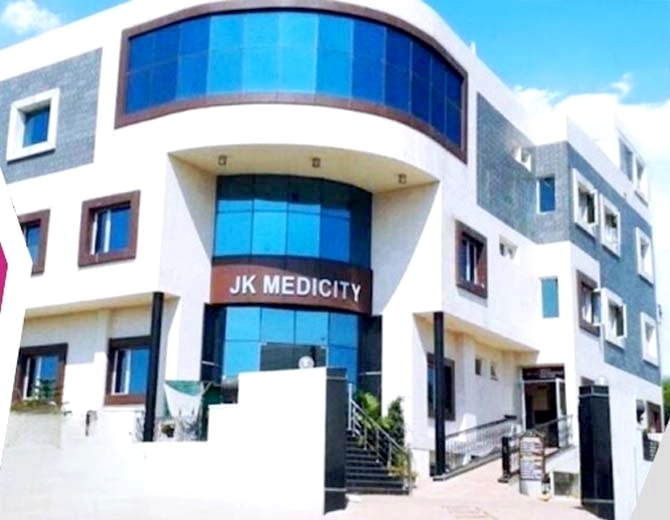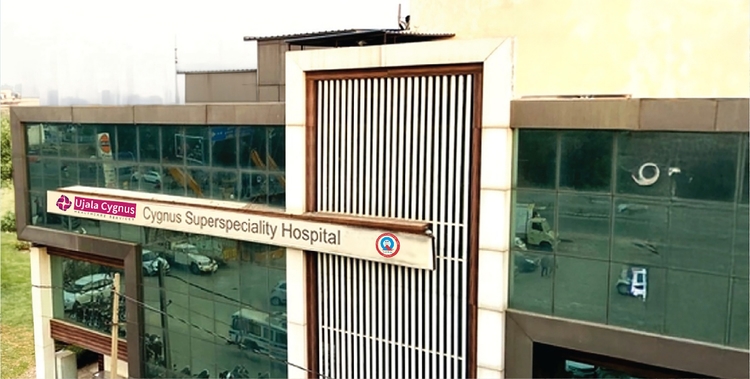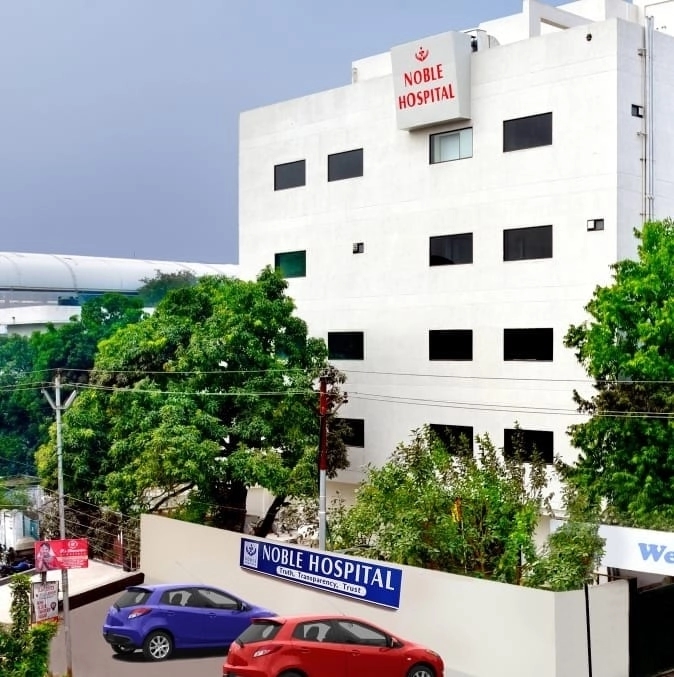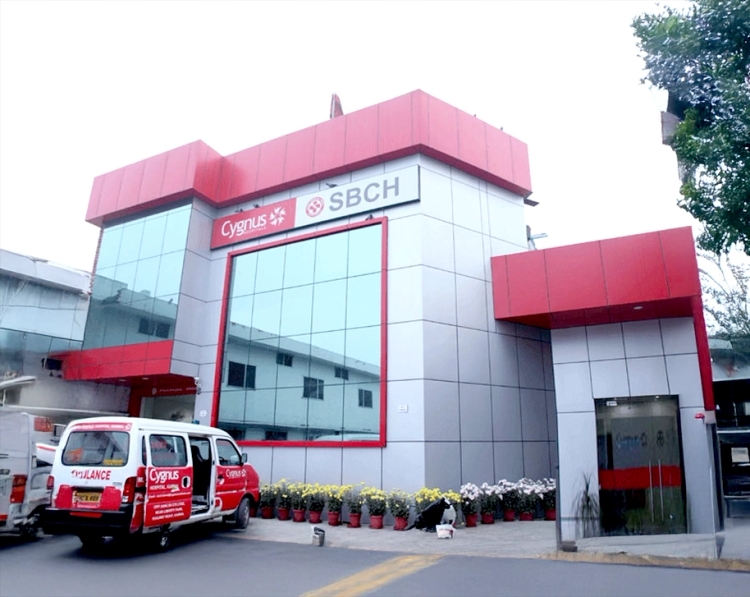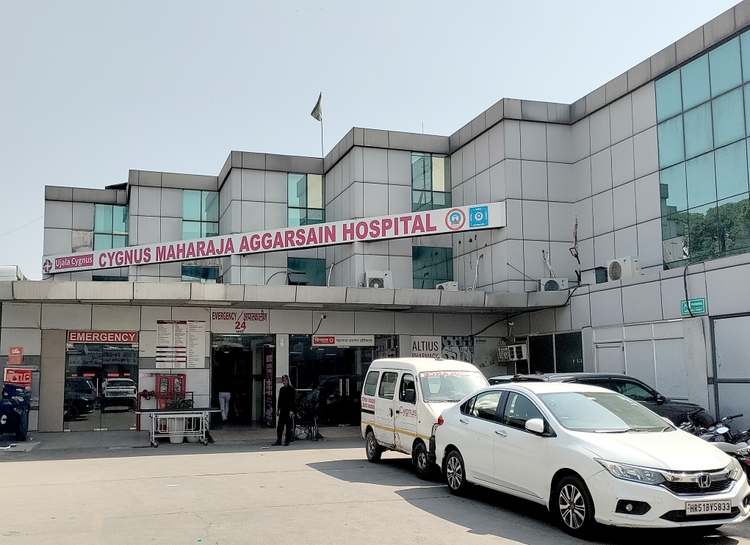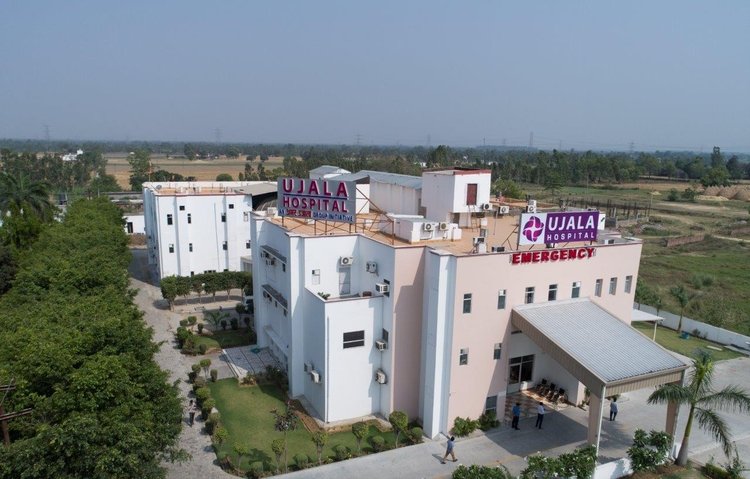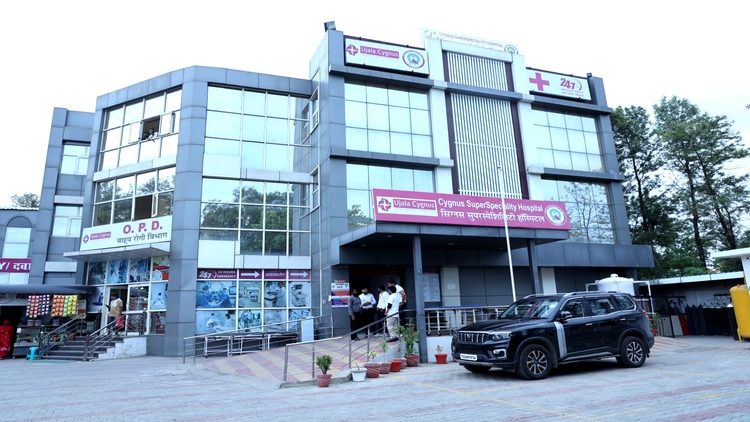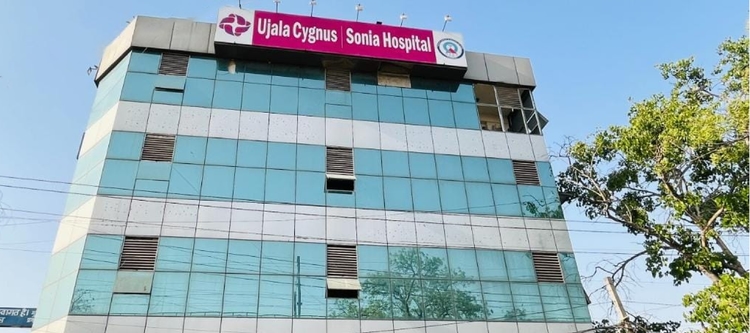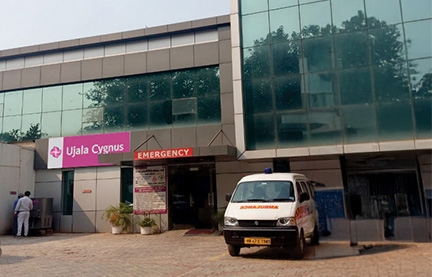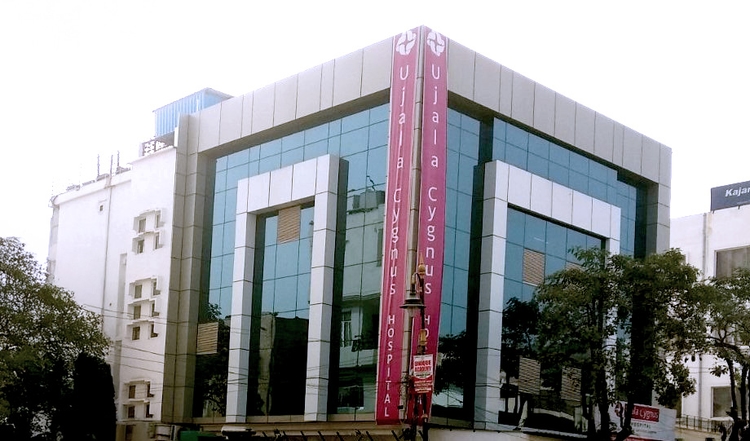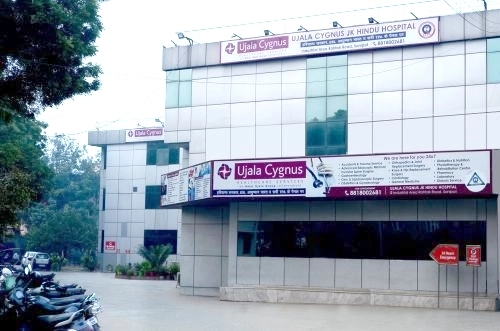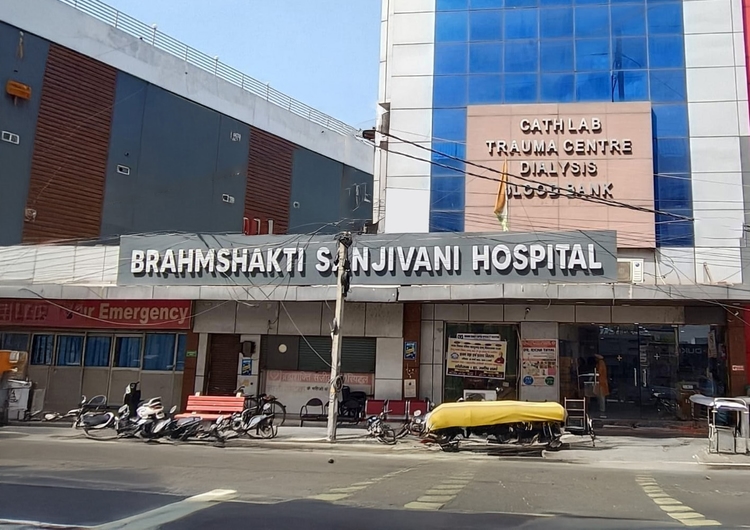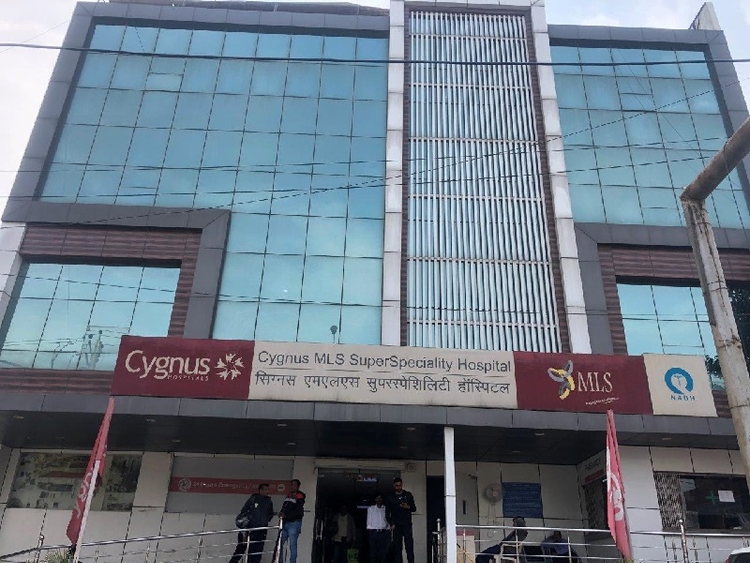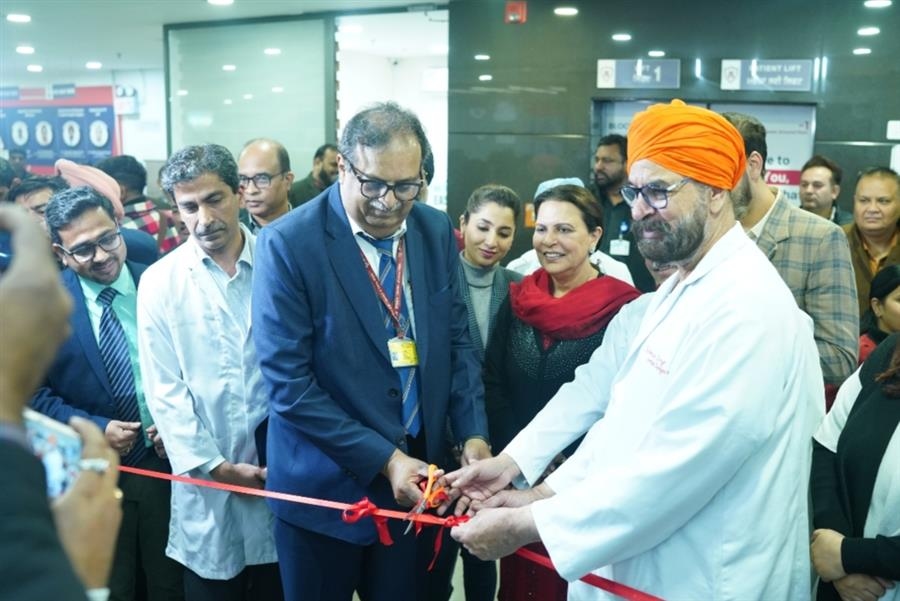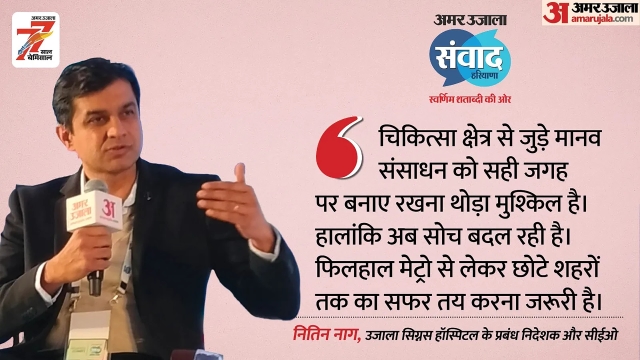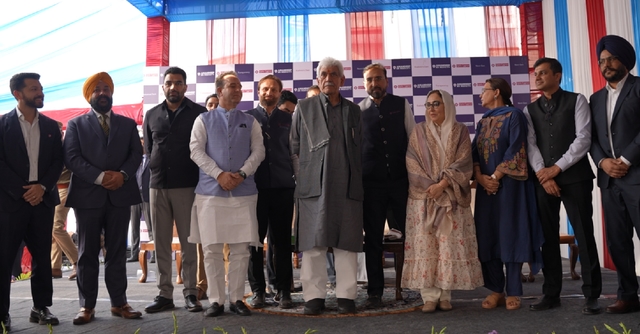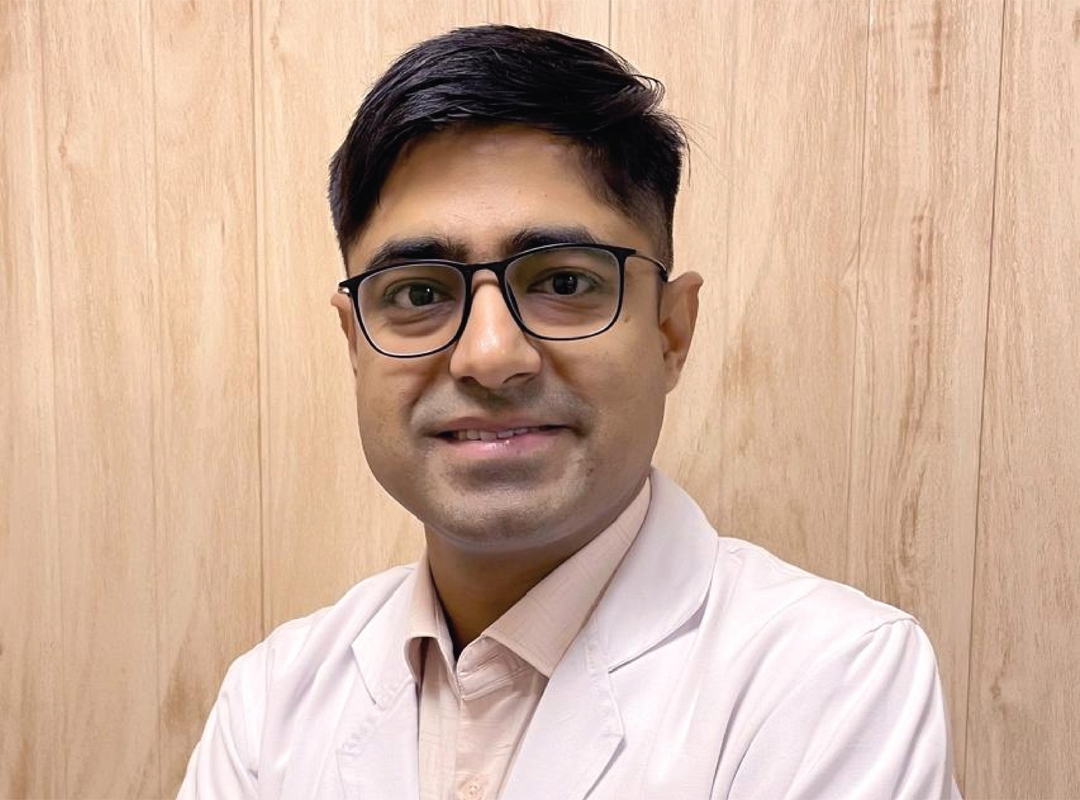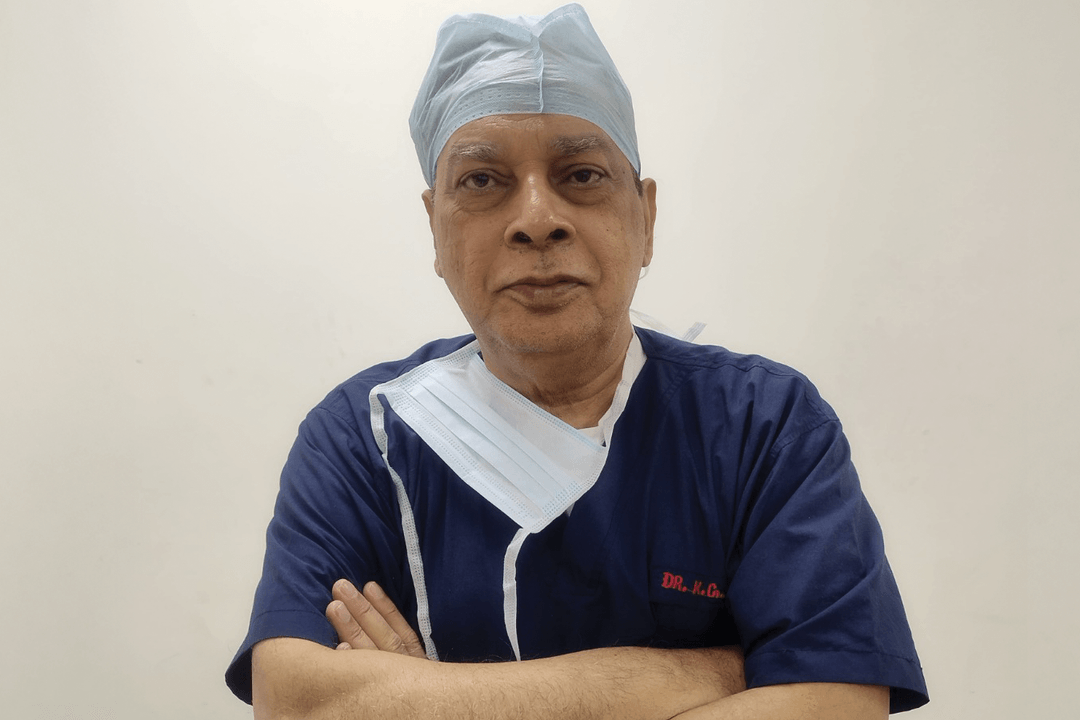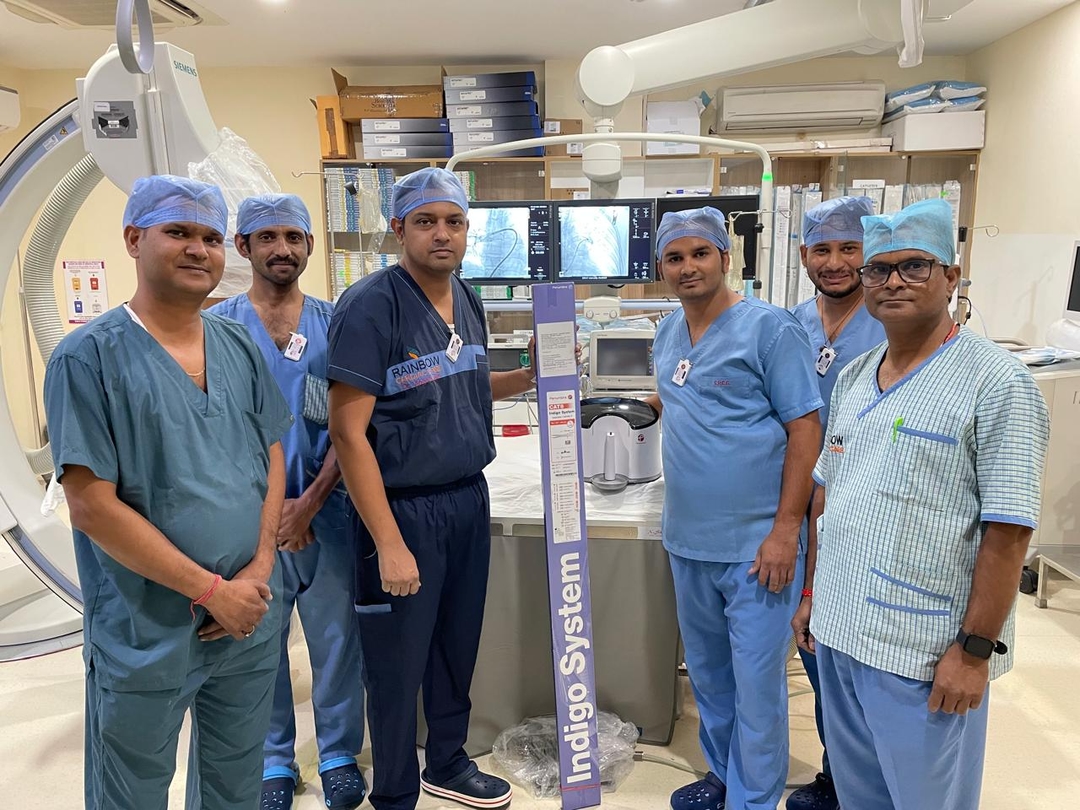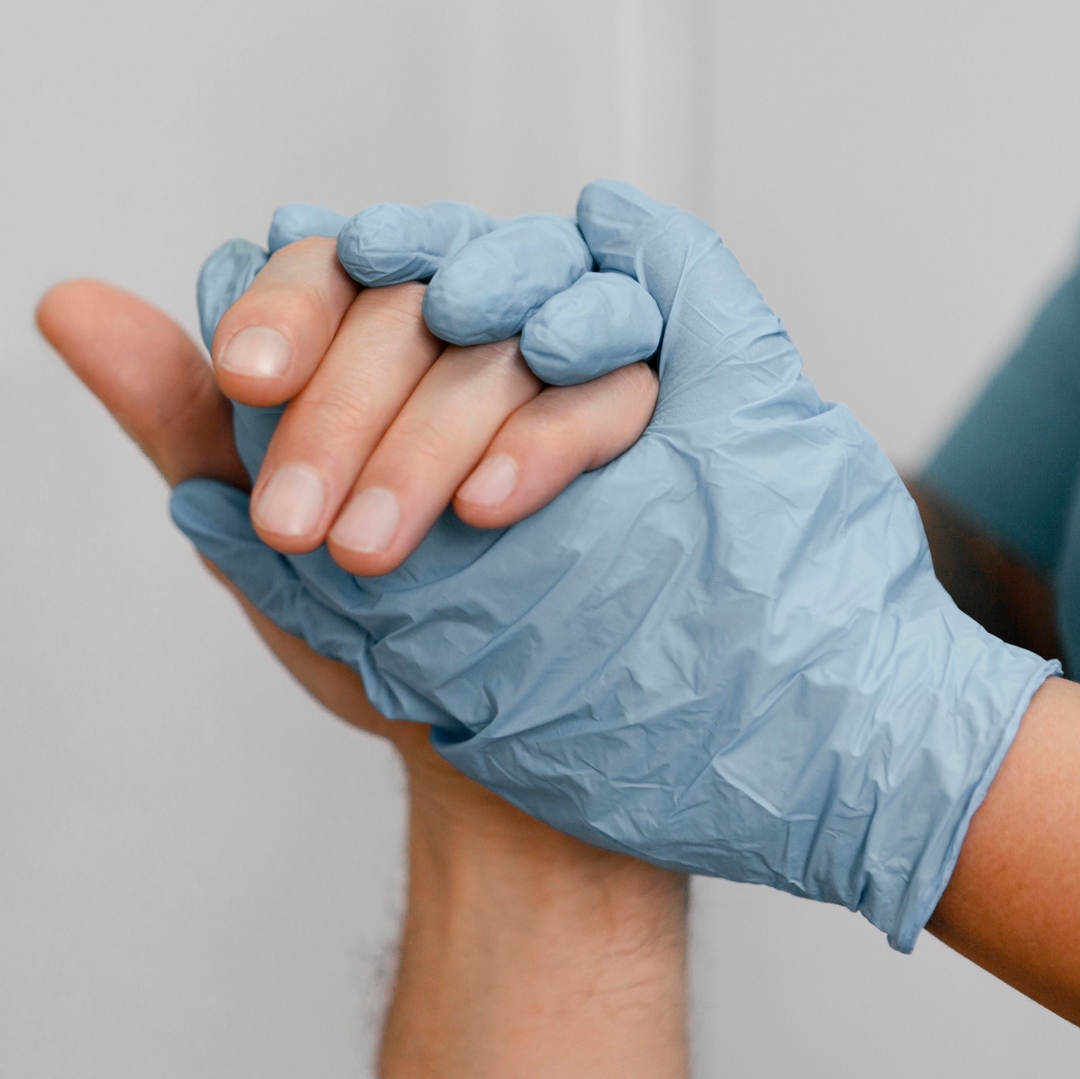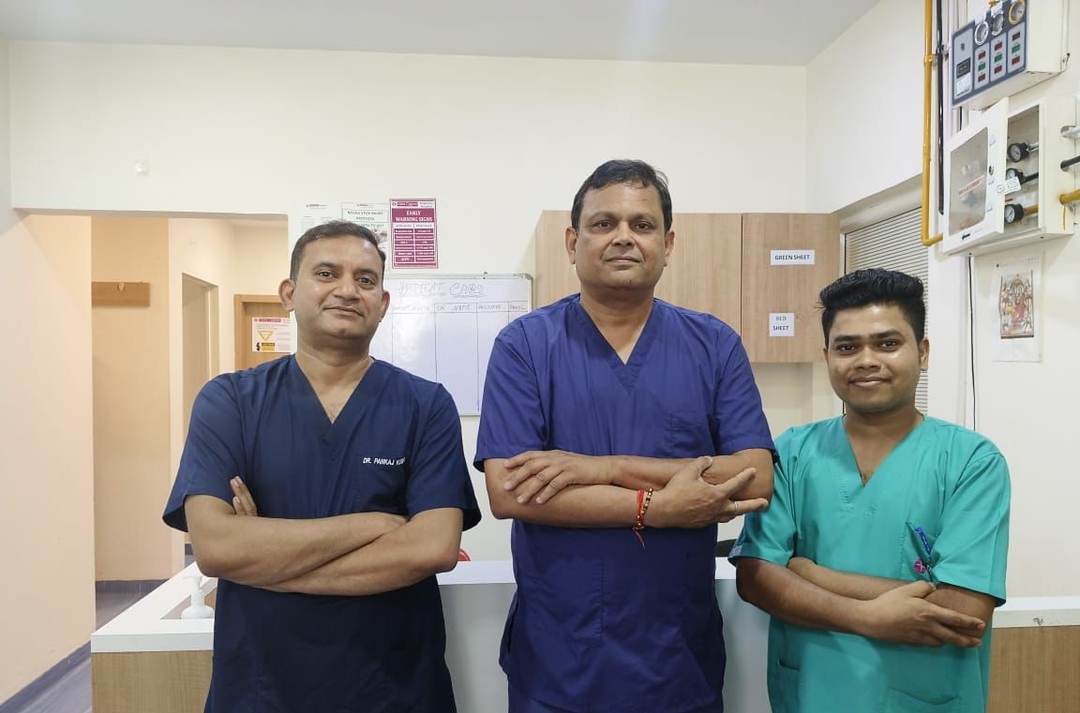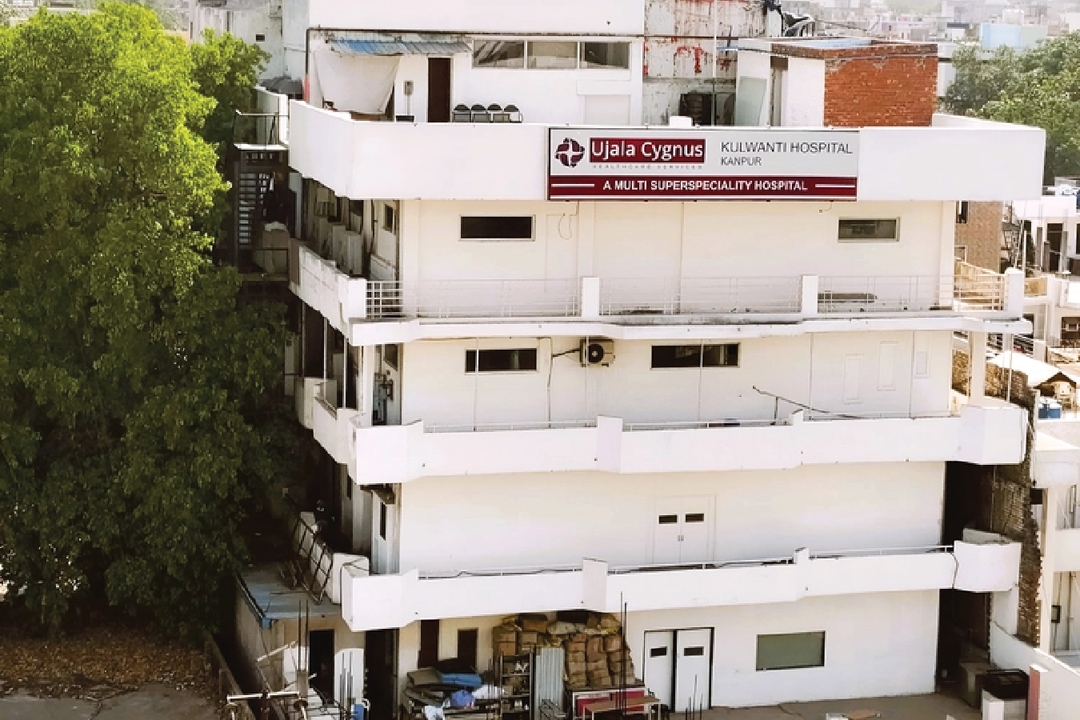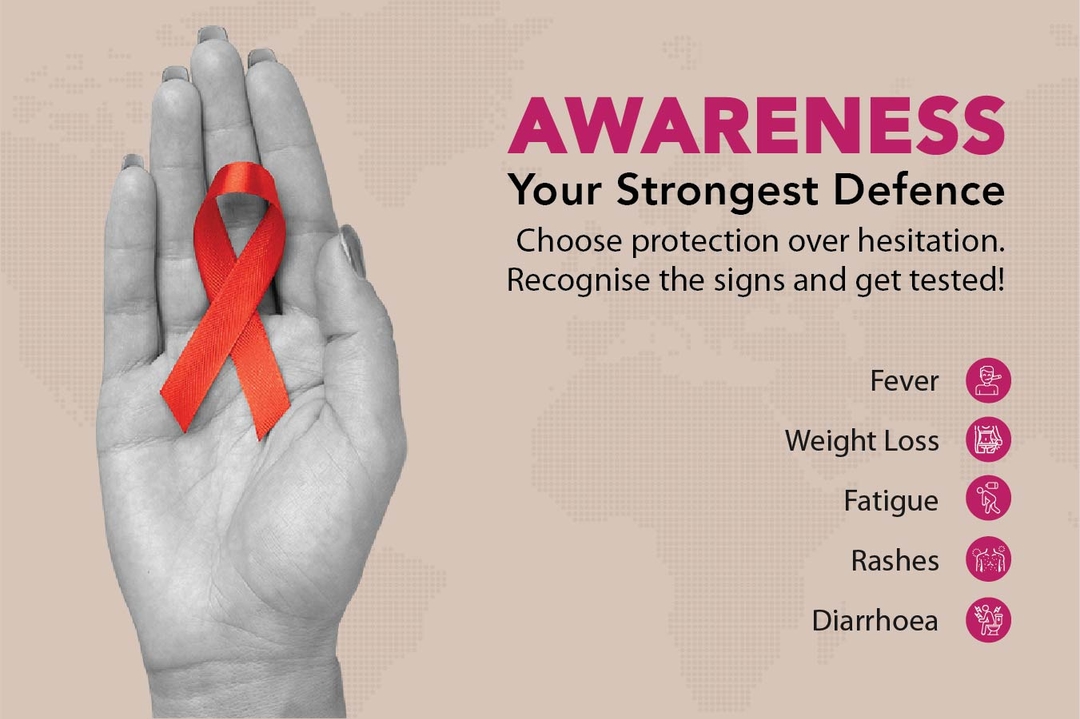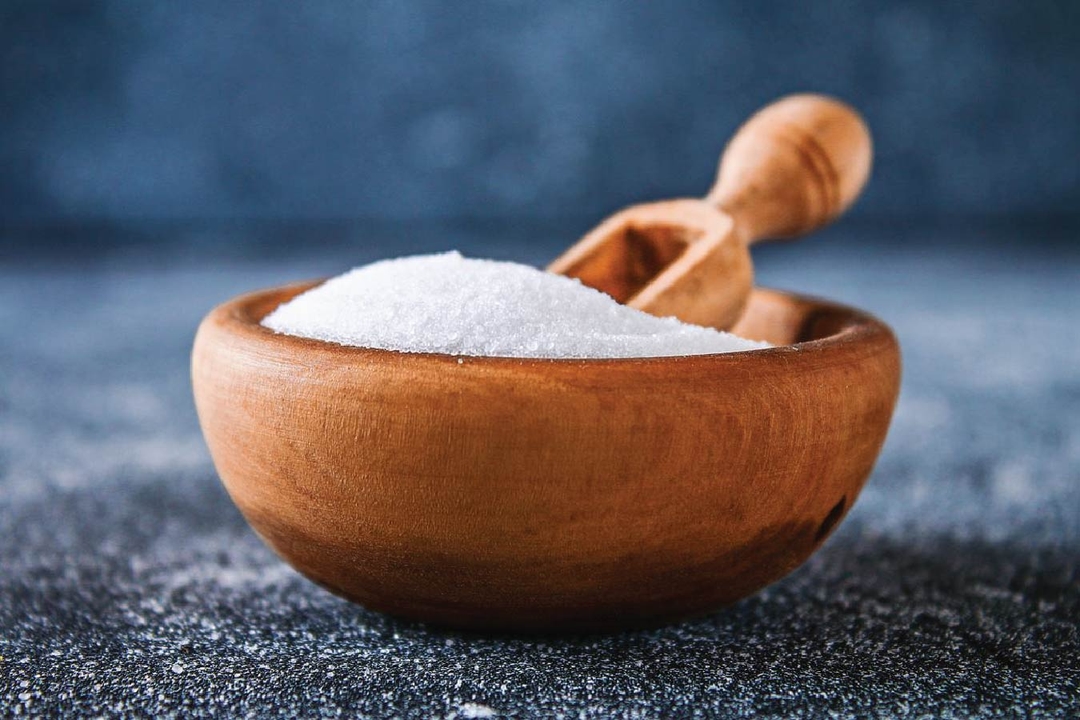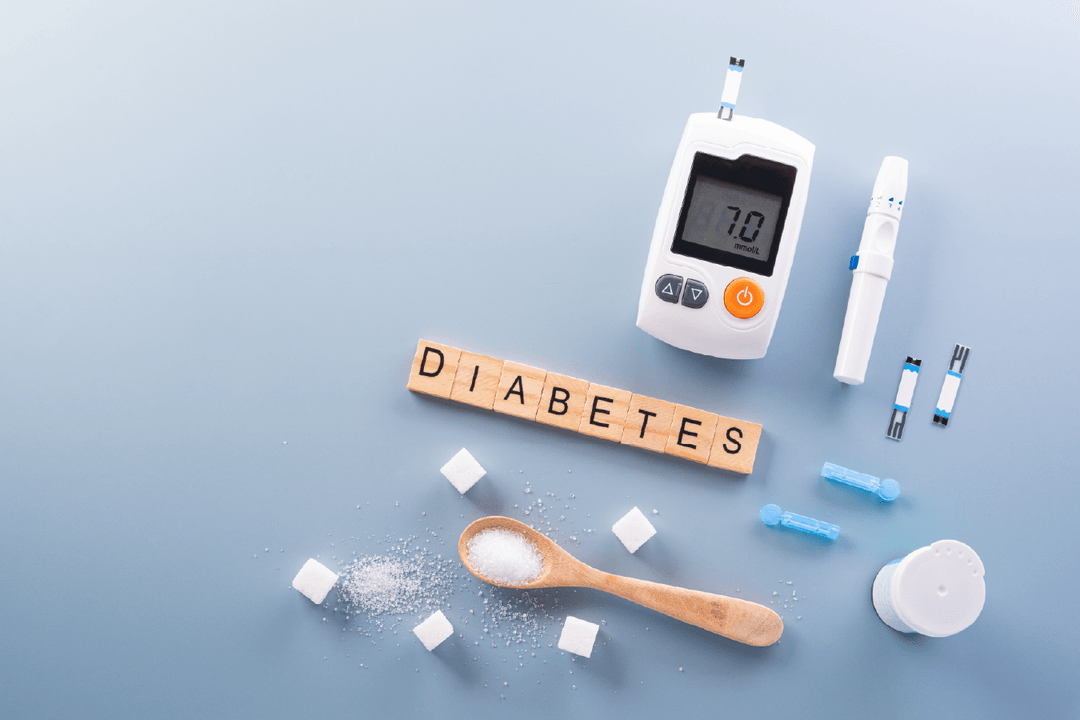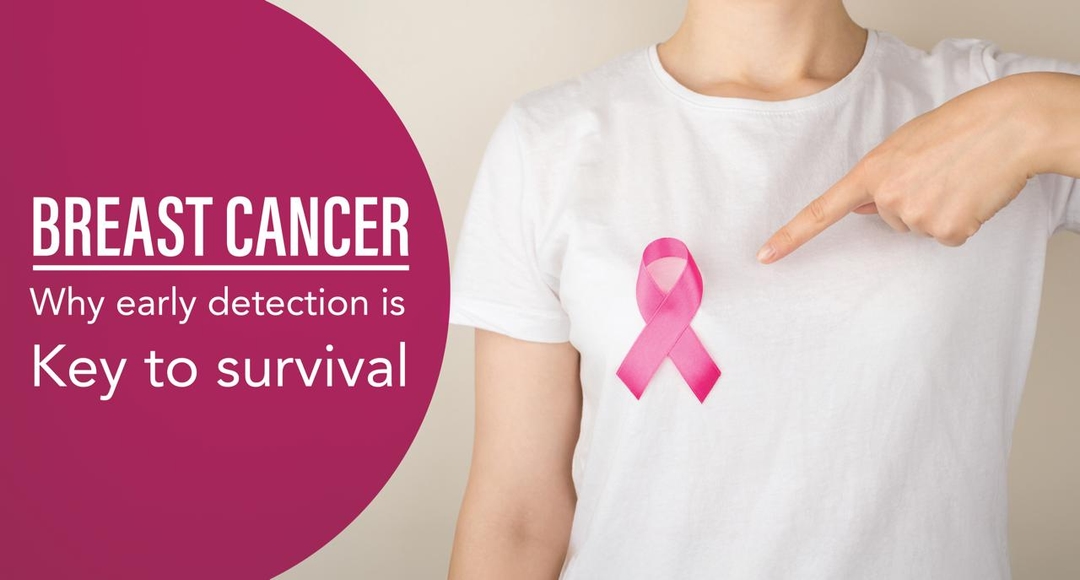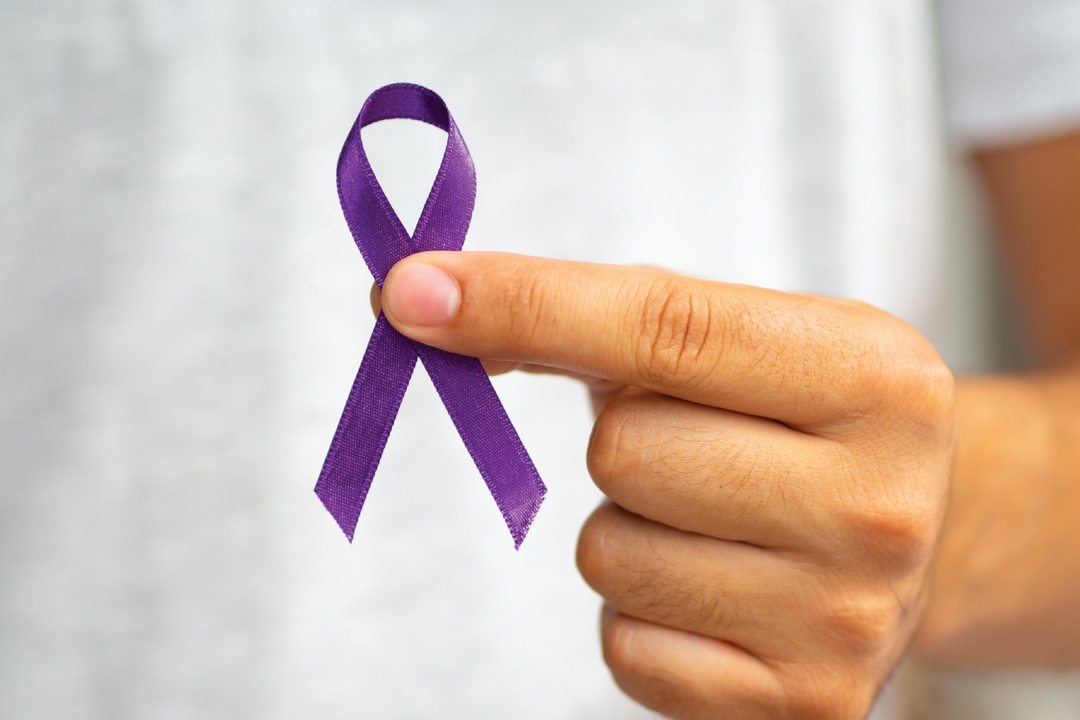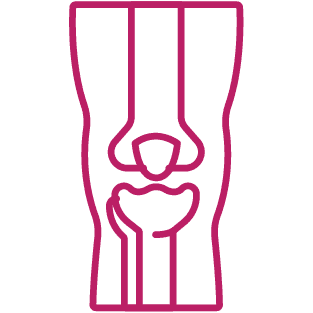
Overview
Bone marrow in our bones is responsible for the formation of blood cells. In fact, all the blood cells are formed by a subset of bone marrow cells known as “hematopoietic stem cells” or simply “stem cells.” These stem cells have special characteristics, i.e., they can renew themselves and have the capability to develop into any type of blood cells.
Nowadays, hematopoietic stem cells can also be obtained from peripheral blood after treatment with certain growth factors or from the umbilical cord. Thus, “Hematopoietic stem cell transplantation” is now also referred to as “Bone Marrow Transplantation,” wherein the stem cells from bone marrow that produce red blood cells, white blood cells, and platelets are injected into a recipient after a short course of chemotherapy called conditioning. Today, this is a viable option for several disorders, and with continued research, success has improved markedly.
Bone marrow in our bones is responsible for the formation of blood cells. In fact, all the blood cells are formed by a subset of bone marrow cells known as “hematopoietic stem cells” or simply “stem cells.” These stem cells have special characteristics, i.e., they can renew themselves and have the capability to develop into any type of blood cells.
Nowadays, hematopoietic stem cells can also be obtained from peripheral blood after treatment with certain growth factors or from the umbilical cord. Thus, “Hematopoietic stem cell transplantation” is now also referred to as “Bone Marrow Transplantation,” wherein the stem cells from bone marrow that produce red blood cells, white blood cells, and platelets are injected into a recipient after a short course of chemotherapy called conditioning. Today, this is a viable option for several disorders, and with continued research, success has improved markedly.
Book an Appointment
Call Us at 9146691466,
or
Please fill in your details below. Our experts will get in touch with you.
Overview
- Bone marrow in our bones is responsible for the formation of blood cells. In fact, all the blood cells are formed by a subset of bone marrow cells known as “hematopoietic stem cells” or simply “stem cells.” These stem cells have special characteristics, i.e., they can renew themselves and have the capability to develop into any type of blood cells.
- Nowadays, hematopoietic stem cells can also be obtained from peripheral blood after treatment with certain growth factors or from the umbilical cord. Thus, “Hematopoietic stem cell transplantation” is now also referred to as “Bone Marrow Transplantation,” wherein the stem cells from bone marrow that produce red blood cells, white blood cells, and platelets are injected into a recipient after a short course of chemotherapy called conditioning. Today, this is a viable option for several disorders, and with continued research, success has improved markedly.
Types of Bone Marrow Transplant (BMT)
There are two basic types of transplants, allogeneic and autologous, depending on who donates the bone marrow or stem cells.
Allogeneic Bone Marrow Transplant:
- Donor and Recipient are two separate individuals and transplant is done using the stem cells of donor. It may be-
- Matched Related, where donor is HLA matched relative usually a sibling.
- Matched Unrelated, where donor is not a relative of patient and usually found from one of the various national or international registries.
- Partially Matched Related, where donor is from a patient's family but partially matched (haploidencocal)
- Cord blood from a cord blood registry
Autologous Bone Marrow Transplant:
- Donor and Recipient are same individuals, where transplant is done using patient's own stem cells. The procedure involves giving high dose chemotherapy to patient in order to remove primary disease. Thereafter, an autologous transplant is conducted to rescue damaged bone marrow. This type of transplant has minimal complication and is preferred for diseases like multiple myeloma/lymphoma.
